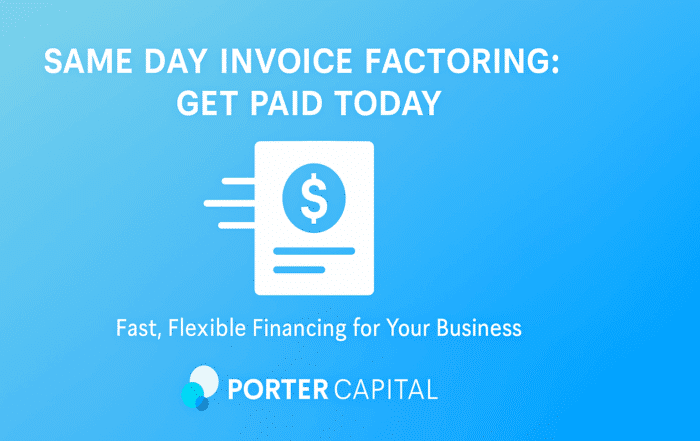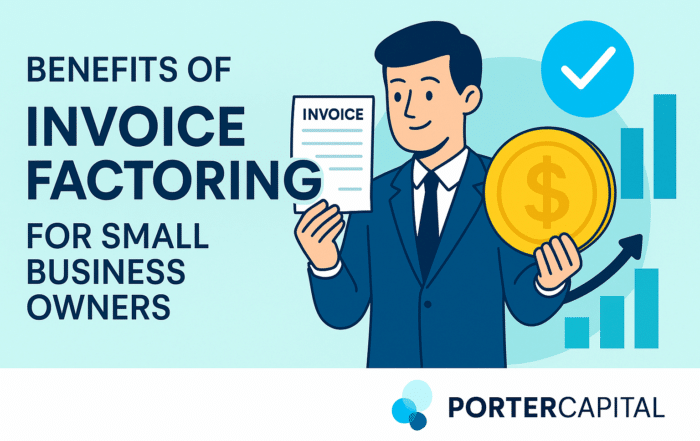Reading Time: 6 minutes
Last updated: April 1, 2025
Seasonal manufacturers are all too familiar with business highs and lows. You experience an influx of cash during the busiest times of the year. The quieter months usually mean less revenue, forcing you to reduce spending and manage your budget. When business booms, spending more can be tempting, but leaves you cash-strapped the rest of the year.
You must adopt financial strategies to manage your cash flow throughout the year. Keep reading to learn how to finance your seasonal business through the peak and off-peak seasons.
How to Finance My Seasonal Business
If you have a seasonal business, you may notice dramatic shifts in your cash flow throughout the year. During the off-peak season, it may be challenging for you to pay bills, pay staff and manage your budget. You can stay profitable and successful during the off-season with seasonal business financing strategies.
1. Maintain a Minimum Bank Balance
As a seasonal company, you should have at least two months of cash in your bank account to cover expenses like employee wages and marketing campaigns during the quieter seasons.
2. Create a Cash Flow Statement
Creating a cash flow statement will also help you gain valuable insight into your business’ financial health and address cash flow challenges. You can use a standard cash flow statement to record the money coming in and out of your business over a month. Business owners can spot trends, predict issues and make informed decisions by maintaining cash flow. Here is a step-by-step guide on how to build a cash flow forecast.
- Gather historical data: Gather your financial data from last year. Analyze your sales and income sources and cash outflows such as operating expenses, inventory purchases and other costs.
- Identify seasonal patterns: Look for trends, noting low points and how revenue fluctuates throughout the year.
- Estimate revenue: Using the patterns you’ve identified, estimate the revenue you’ll make during different months and seasons based on your pricing and demand.
- Project expenses: Forecast your monthly expenses, including variable and fixed costs such as rent and wages.
- Account for contingencies: It’s wise to create a buffer in your forecast that accounts for unforeseen events and cash flow fluctuations.
- Track and review: Keeping track of actual versus forecasted cash flow will help you fine-tune your future statements and identify variances.
3. Minimize Off-Peak Expenses
Cutting down your expenses during the off-season is essential to keep your business finances stable. You must be proactive about controlling your costs and maintaining a cash reserve. You can use strategies such as minimizing staff, negotiating with suppliers and reducing your fixed expenses. Analyze your past cash flow statements to predict your future cash flow during the slower periods.
You can also adopt just-in-time inventory management, which will keep cash free that would otherwise be caught up in inventory. You will run a leaner business in the slow times by improving inefficiencies.
4. Maximize Peak Season Revenue
The peak seasons are when you make most of your money, so you must find ways to maximize your revenue. One way to do this is to use marketing and promotional strategies to attract more customers and increase sales. You can launch limited-edition offers and special deals to create a sense of urgency.
Pricing strategies can also optimize your revenue and profitability. Dynamic pricing can combat seasonal fluctuations. You can increase prices when demand is high and offer customers discounts in the off-peak seasons. Depending on your business, offering early-bird discounts in advance for leaner times can keep customers coming in when there is less demand for your offerings.
5. Diversify Revenue Streams
Look for ways you can still earn money throughout the year to give you more financial stability. For example, if you run a Christmas tree farm, you can sell other plants and shrubs in spring and summer. While you make the most money in November and December, having year-round income will cover expenses.
You can also find new customer segments to target to maintain consistent demand. Exploring diverse income streams protects businesses from fluctuations and achieves a more balanced income flow.
6. Keep Operations Flexible
Having employees who can switch seamlessly between different roles will help you maintain operational flexibility. Ideally, you want staff members who can shift from customer service in peak season to back-office operations during the quieter times. You will maintain a consistent labor force and have access to staff when you need them.
7. Save the Cash for Leaner Months
When you have a large influx of cash, it’s wise to save money instead of splurging on unnecessary expenses. Peak seasons are hectic, and it can be easy to keep spending and lose track of your budget. Be meticulous about budgeting in the slower times — you’ll have enough cash to keep things afloat when things get quieter.
8. Hire Seasonal Workers
If you can’t afford to keep the same employees all year, you can hire seasonal workers for the busy times. Monitor your budget and spending to establish how much profit you’ll make during peak seasons. Using this information, you can budget for seasonal workers and even turn some of your fixed costs into staff salaries.
9. Add New Products
Innovating keeps you ahead of your competitors. Customers are always looking for the next exciting thing — you’ll need to give them fresh, new products to maintain loyalty. Focus on marketing even during the off-season. The peak season begins when you say it does, so you can start advertising early to build anticipation.

10. Adopt Seasonal Investing Strategies
When you make more money, you should know how much revenue you can reinvest in your business. While growth is essential, reinvesting is pointless if you must close your doors during the off-season. With careful planning and budgeting, you can plan to reinvest a portion of your revenue while keeping cash in reserve for unforeseen circumstances.
11. Explore Financing Options
Financing can help your business remain operational even during the off-season. It provides the necessary funds to cover expenses and take advantage of growth opportunities. Several financing options are available, including seasonal business loans and credit lines.
At Porter Capital, we help businesses like yours close cash flow gaps. You can maintain a healthy bottom line with invoice factoring if you don’t have time to wait for a loan or have a low credit rating. Cash becomes immediately available to grow your business instead of getting tied up in your invoices.
Finance Your Seasonal Business With Porter Capital
Seasonal businesses go through peaks and valleys, making it tricky to maintain cash flow. You must have sufficient cash reserves to keep your business running all year. The great news is that with careful planning, you can leverage financial strategies to grow your business and cover expenses. Monitoring your cash flow statement and forecasting seasonal fluctuations helps you plan and ensure you have cash for the leaner periods.
Financing during low seasons will also fuel your business with the needed cash flow. At Porter Capital, we provide flexible funding to seasonal businesses that aren’t eligible for traditional options. Keep earning money all year — apply online today for business financing!




